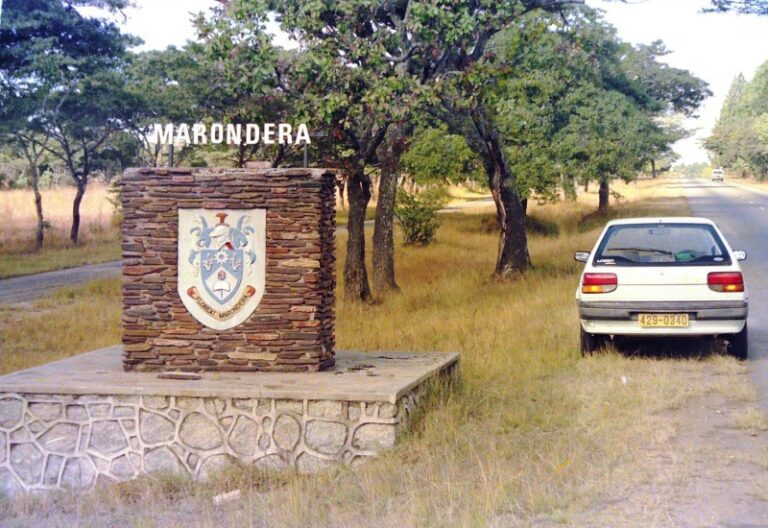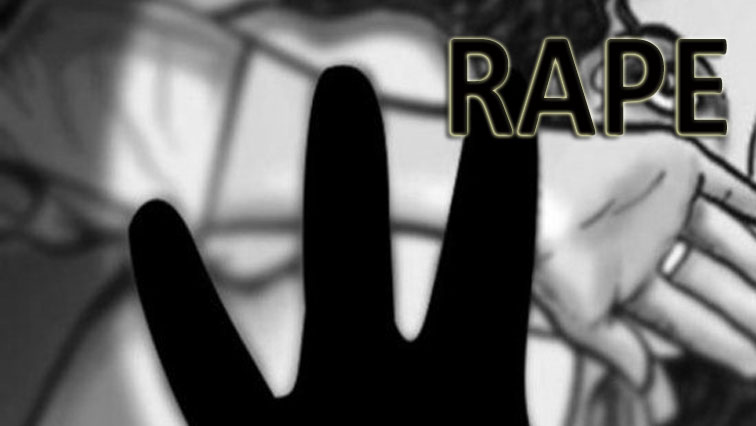
BY PROBLEM MASAU FACED with incessant power cuts that threatened his yields, Pardon Mhuri had no choice but to turn to solar energy.
The 2020 National Young Champion Farmer Award winner runs one of the most successful farms in the country.
Mhuri began the farming enterprise in 2013 with two hectares of tobacco at his farm in Karoi Mashonaland West province.
Now he is farming on 863 hectares, growing sugar beans, wheat and vegetables in addition to tobacco.
However, power cuts and high electricity tariffs have forced him to turn to green energy.
“We rely heavily on electricity on the farm,” Mhuri said.
“For over a decade, the country has been facing an electricity challenge, so I have to install a powerful solar system.”
Elsewhere in Harare’s Zimre Park suburb, a family is watching their favourite South African soapie, oblivious of the fact that for the past 18 hours there was load-shedding in their area.
- Chamisa under fire over US$120K donation
- Mavhunga puts DeMbare into Chibuku quarterfinals
- Pension funds bet on Cabora Bassa oilfields
- Councils defy govt fire tender directive
Keep Reading
“Even if they cut us from the power grid, we do not mind.
“In fact, Zimbabwe Electricity Company has been fleecing us by sending electricity bills while we hardly have power,” said Henry Gonora, the homeowner.
Over the past few years, Zimbabwe has been experiencing a massive green energy revolution that has been spurred by government’s failure to provide reliable power to its citizens.
Last month, Energy and Power Development minister Zhemu Soda warned that the country might endure rolling power cuts beyond August due to depressed generation capacity.
Soda said government was making frantic efforts to ease the power cuts through imports and rehabilitation of the Hwange Thermal Power Station.
Zimbabwe requires 2 000 megawatts (MW) of electricity monthly to meet power demand.
Mozambique’s Hydro Cahora Bassa currently sells 50MW of power to Zimbabwe, while South Africa also supplies it with 400MW of power, still inadequate to close the supply gap.
Hwange, which has also over the years contributed to the power requirements, is currently struggling due to obsolete equipment.
Energy expert Koen van Kuijk said the fact that Zimbabwe has an average annual of 8.3 sun hours per day makes the country suitable for solar energy.
“The climate in Zimbabwe is suitable for solar energy with an average electricity potential for solar PV of 359 kWh/m2/year,” Kuijk said.
The 2020 ICT Access by Households and Use by Individuals Survey by Zimstat showed that of all the households that have access to electricity, 46% reported that the main source for them was solar.
Statistics show that the Rural Electrification Agency and the Zimbabwe Electricity Supply Authority (Zesa) have expanded the national grid at a snail’s pace with only 40% of the population being connected.
The country relies heavily on hydroelectricity, with Kariba Dam providing the bulk of power to both Zimbabwe and Zambia.
“Hydro-energy has increasingly become unreliable because of the frequency of droughts in the country,” said Panganai Sithole, a spokesperson for the Zimbabwe Energy Council.
Last week, the Zambezi Water Authority, which oversees the dam, said the level of usable water in the lake is down to 25%, making it difficult to produce electricity.
It is designed to operate between 475.50 and 488.50 metres, the authority said in a statement. The level fell 11cm to 479.01m on 22 July, compared to 486.83m at the same time last year.
“It is a climate change issue. Climate change is reflected in rainfall patterns in Zimbabwe from 1901 up to now,” said Priscah Mugabe, a climate expert at the Institute of Environmental Studies at the University of Zimbabwe.
There have been noticeable shifts in the onset of the rains, with more extremes of heavy rainfall and drought, she added.
There are also changes in the hydrology and run-off in catchment areas for the lake.
Zhemu said government was in support of small scale solar systems in households.
“Government fully supports the use of solar power and sees the adoption of renewable energy as a sustainable, clean and long-term option to the challenges of inadequate power supply,” he said.
“Solar energy can alleviate the country’s dependence on both hydro-power energy and non-renewable fossil fuels, and it can significantly reduce the importation of energy and save scarce foreign currency, which can be used for other national developmental programmes.”
To boost further up take, the government has waived import duties on solar energy technologies and made solar power mandatory for new construction projects.
“To alleviate the situation on the power supply front, government resolved that a large-scale programme be implemented to promote the importation, local production of solar equipment and the use of solar power as an alternative energy source,” Information minister Monica Mutsvangwa said at a recent post cabinet briefing.
Energy ministry permanent secretary Gloria Magombo said the government was considering subsidies for new housing developments that adopt solar water heaters as well as a programme that would see banks provide loans to install them.
“Already, most new housing developments have adopted solar water heaters, which are very positive,” Magombo said.
Zimbabwe has a target of installing at least 250,000 solar water heaters in old and new buildings by 2030.
Under the 2019 law, new buildings that do not have solar water heaters cannot be connected to the grid, and offenders can face a fine and up to a year in prison.
Zesa said power cuts would soon be a thing of the past after the expansion and rehabilitation of the mega Hwange thermal power station.
“We are expanding Hwange unit seven and eight and we have work also being done on unit one and six.
“By the end of the first quarter next year we would have added 600MW to the grid and it will be more than enough given that we have a deficit of between 300MW and 400MW,” Zesa said in response to questions from this publication on Friday.
The power utility also said there were plenty of independent power producers that were expected to start their various projects and add onto the national grid.
Zesa has also invested heavily in new equipment like trucks and cranes to increase capacity to respond to faults.










